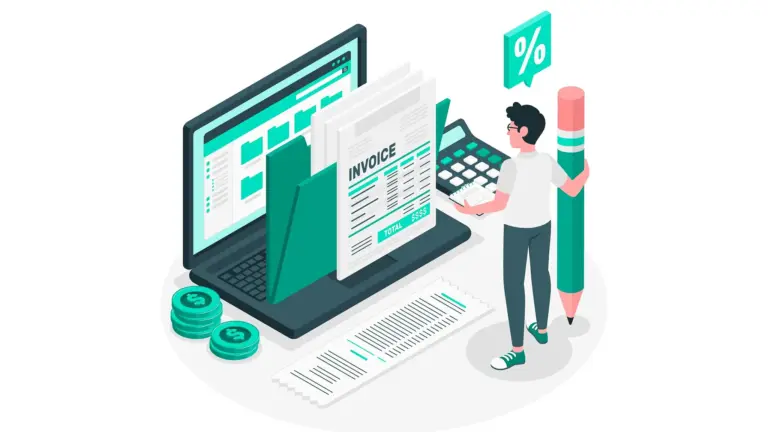Risk management is a systematic process of identifying, assessing, and mitigating risks that could negatively impact an organization or an individual. It is essential in business, finance, healthcare, technology, and other fields where uncertainties exist. Effective risk management enhances decision-making, improves financial stability, and ensures business continuity.
Importance of Risk Management
- Enhances Decision-Making: Understanding risks allows organizations to make informed decisions.
- Ensures Compliance: Many industries have regulatory requirements that mandate risk assessment.
- Reduces Financial Losses: Identifying potential threats early helps prevent financial setbacks.
- Improves Operational Efficiency: Proactive risk management leads to streamlined operations.
- Protects Reputation: Handling risks effectively maintains trust and credibility.
Types of Risks
- Strategic Risks: Long-term threats affecting an organization’s objectives (e.g., market competition).
- Operational Risks: Risks arising from internal processes (e.g., supply chain failures, human errors).
- Financial Risks: Involves monetary losses due to market fluctuations, credit issues, or liquidity concerns.
- Compliance Risks: Legal and regulatory risks that arise from failing to adhere to rules.
- Reputational Risks: Risks affecting brand image and public perception.
- Technology Risks: Cybersecurity threats, system failures, and data breaches.
- Environmental Risks: Natural disasters and sustainability concerns.
The Risk Management Process
1. Risk Identification
This involves recognizing potential threats that could impact the organization. Methods include:
- Brainstorming: Engaging stakeholders to identify risks.
- SWOT Analysis: Evaluating strengths, weaknesses, opportunities, and threats.
- Checklists: Using historical data to identify recurring risks.
2. Risk Assessment
Once identified, risks must be analyzed based on:
- Likelihood: The probability of occurrence.
- Impact: The severity of consequences.
- Risk Matrix: A visual tool to categorize risks based on likelihood and impact.
3. Risk Mitigation Strategies
Organizations adopt different strategies to manage risks:
- Avoidance: Eliminating activities that pose risks.
- Reduction: Implementing measures to minimize risks.
- Sharing: Transferring risks through insurance or partnerships.
- Acceptance: Acknowledging the risk and preparing contingency plans.
4. Risk Monitoring and Review
Risk management is a continuous process. Organizations must:
- Regularly review risk assessments.
- Update risk strategies based on new developments.
- Use key risk indicators (KRIs) to measure effectiveness.
Risk Management Frameworks
- ISO 31000: International standard for risk management.
- COSO ERM Framework: Focuses on integrating risk management into corporate governance.
- NIST Risk Management Framework: Common in cybersecurity and IT risk management.
- PMBOK Risk Management: Used in project management settings.
Industry-Specific Risk Management Approaches
1. Financial Sector
- Stress testing for economic downturns.
- Regulatory compliance with Basel Accords.
- Credit risk analysis for lending institutions.
2. Healthcare Sector
- Patient safety risk assessments.
- Compliance with HIPAA and other regulations.
- Disaster preparedness in hospitals.
3. Technology Sector
- Cybersecurity frameworks.
- Data protection policies.
- Disaster recovery planning.
4. Manufacturing Sector
- Workplace safety protocols.
- Supply chain risk management.
- Product quality control.
Challenges in Risk Management
- Uncertainty in Predicting Risks: Unexpected events can still occur.
- Lack of Resources: Small businesses may struggle to allocate funds for risk management.
- Resistance to Change: Employees and management may resist new risk policies.
- Evolving Threats: Cyber threats, climate risks, and economic changes require adaptive strategies.
- Regulatory Complexity: Adhering to multiple regulations can be challenging.
Future Trends in Risk Management
- Artificial Intelligence and Automation: AI-driven risk assessment tools improve efficiency.
- Big Data and Analytics: Advanced data analytics enhance predictive risk modeling.
- Cybersecurity Advancements: Improved security measures protect against digital threats.
- Integrated Risk Management (IRM): Combining various risk functions for a holistic approach.
- Sustainability and ESG Risks: Addressing environmental, social, and governance risks.
Conclusion
Risk management is a crucial aspect of ensuring business sustainability and resilience. Organizations must adopt a proactive approach by identifying, assessing, and mitigating risks effectively. With advancements in technology and evolving risks, businesses must continuously adapt their strategies to remain competitive and secure in an uncertain world.








